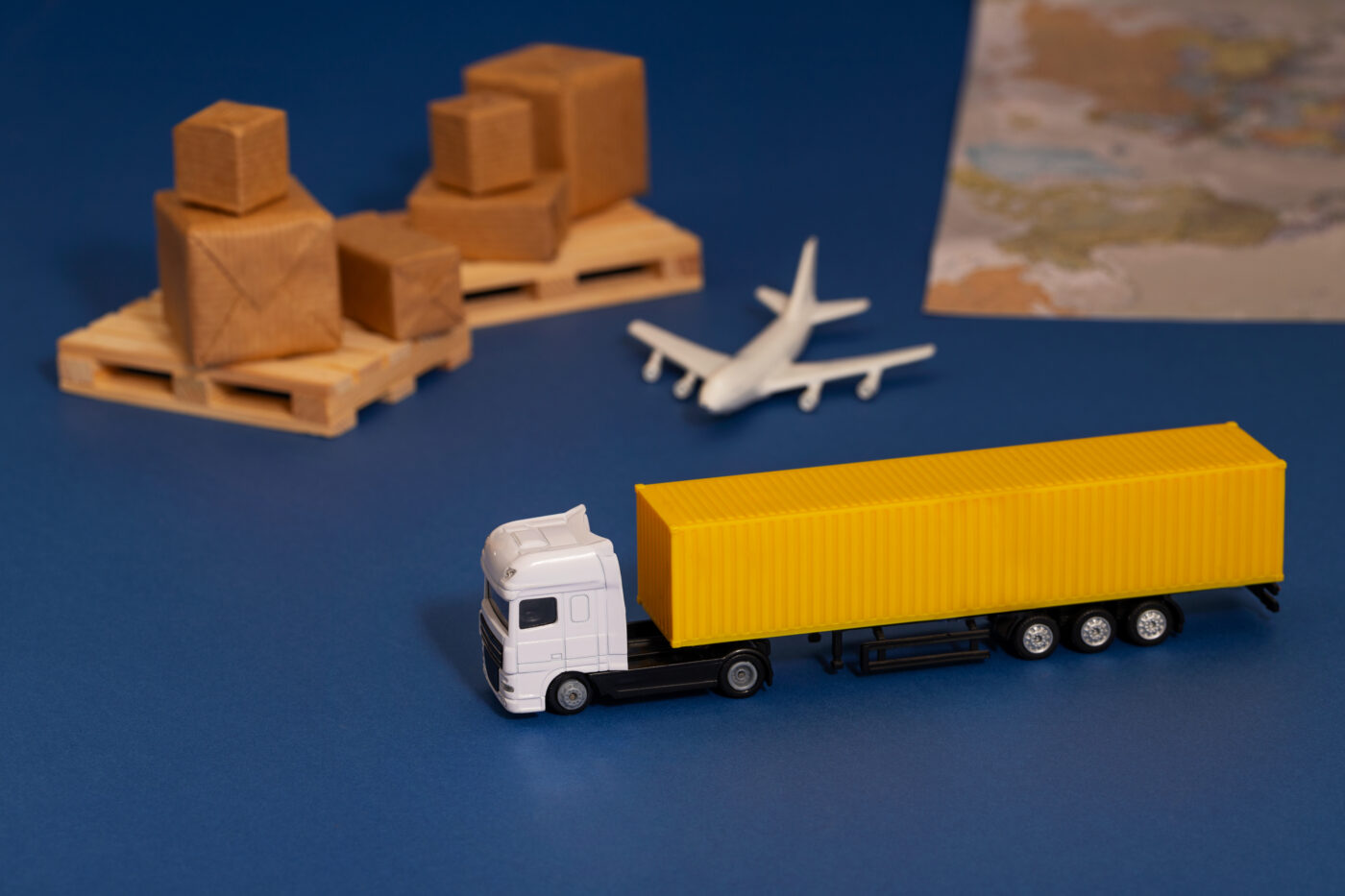
Mexico Site Selection Guide: Key Factors to Consider When Choosing a Location to Manufacture in Mexico
Many US manufacturers face brutal competition from rivals with low cost offshore operations. Automation and IP may provide a degree of respite, but for those that haven’t already explored the benefits and advantages of manufacturing in Mexico, it’s time they do.
A critical decision in choosing to manufacture in Mexico is site selection. A good location helps minimize costs, satisfy the US market, and forms a solid launchpad for future growth. Choose poorly, and savings and benefits will be less than were hoped for.
In this blog post, we will cover the key success factors you and your company should consider when exploring site selection in Mexico.
Why Manufacture in Mexico
As industry observers have noted, Mexico is on its way to becoming a manufacturing powerhouse. No longer just a location for low-cost manual assembly work, Mexican companies now compete globally in complex industries like: electronics, automotive, medical devices and aerospace.
Major drivers behind this growth are lower labor costs than in the US along with a skilled and technically-educated workforce. In addition, the government has a business-friendly stance, which alongside the NAFTA trade agreement (soon the USMCA) mean near frictionless trade between Mexico and the US. (There are more details in, “Manufacturing opportunities in Mexico for US companies.“)
Having established that Mexico is a good place for manufacturing, only one question remains: what state and city to choose?
« Find out more about How Manufacturers Can Take Advantage of the T-MEC/USMCA Trade Agreement »
Importance of Location
Maps can be deceiving: Mexico is a big country with diverse geography, climate and culture. Similar to the US it’s composed of federal states with a degree of autonomy from the Federal government.
Many US businesses have established operations in those states bordering the US, but manufacturing clusters are found through the country – Guadalajara, Puebla, Matamoros and Monterrey are just a few examples of cities with vibrant industrial sectors.
Key Factors for Site Selection in Mexico
Many factors go into selecting a manufacturing location, and the importance of each will vary depending on considerations such as the product being produced and the major markets to be addressed. However, to some degree all of the following should guide site selection:
- Availability of skills among the labor force
- Size of city
- Proximity to the US (if this is the main market)
- Proximity to sea ports (if exporting elsewhere)
- Availability of land and buildings
- Government incentives
Availability of skills among the Labor Force
Learning new products and processes takes time. This is why many manufacturers choose to locate in a region where similar industries are already present, in this way, they avoid incurring the time and expense of developing a workforce from scratch.
Puebla, for example, is one of several automotive centers. Monterrey has aerospace, Guadalajara electronics, and the border city of Matamoros is strong in assembly, appliances, vehicle parts and electrical manufacturing.
Size of city
A small city limits the size of the labor pool and manufacturers can find themselves in a bidding war. A bigger metropolis, such as Matamoros, (pop. 520,367) offers a larger, more diverse workforce.
Proximity to the US
Minimizing transportation time, and cost, are some of the reasons for preferring Mexico over Asian countries, and for businesses especially sensitive to this factor, the border states are an obvious choice.
However, it’s also important to consider the entire supply chain within the US. For example, Tijuana in the west provides excellent access to the Californian market, but is less well-placed for the east coast. Matamoros in the east, across the Rio Grande from Brownsville, TX, has excellent road and rail communications into much of the US.
Proximity to Sea Ports
Businesses exporting to Europe should consider ocean access, with the same applying to those sending large, heavy and bulk products to the US. Here geography favors cities like Matamoros, with its 30 min away access to the Port of Brownsville, which is the only deepwater seaport directly on the U.S./Mexico border, and has been recognized worldwide for its bulk heavy lift in project cargo, steel fabrication, storage, crane services, towing and tug services, among others.
Availability of Land and Buildings
As a large and populous country, some cities and regions have limited land available for development (look to the north of Mexico City for evidence of this.) Others can offer manufacturers a choice of development land, already erected modern buildings, and industrial parks with all the services a US company would expect.
Incentives
As in the US, the Mexican Federal government, and individual states, are eager to attract manufacturing companies and the jobs that come with it. Tamaulipas in the northeast, for example, has programs relating to local taxes, building construction, and connections into regional universities.
Getting more Information
For any US company interested in exploring options for Manufacturing in Mexico, knowing who to talk to is the first hurdle. This is where The Nearshore Company (“TNC”) can help ease the process of setting up an operation in Mexico.
IAI offers a portfolio of services readily tailored to the needs of each US client:
- Facility maintenance and insurance
- Labor cost and management.
- Performing / Supporting Quality, Environment, Health & Safety Audits.
- Securing local financing as necessary.
- Handling legal and tax requirements around business formation/establishment in Mexico.
- Compliance to Mexico and US custom laws.
- Recruiting managers versed in local laws and customs. (HR is a common starting point as this position then fills out the team.)
- Sourcing materials, components and other resources.
- Utility contracts.
Taking the first step is easy. Reach out to TNC and one of their consultants will explain the options available.



